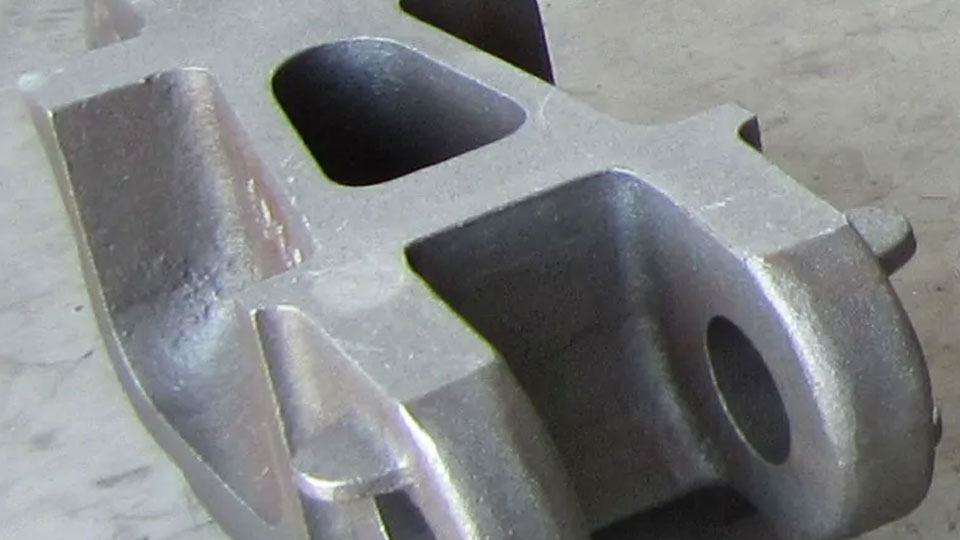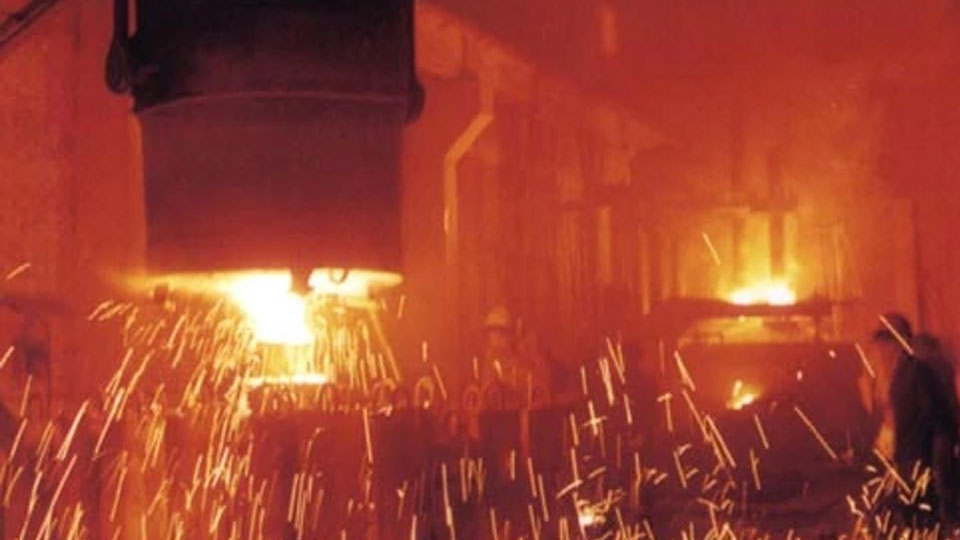Other Cast Material
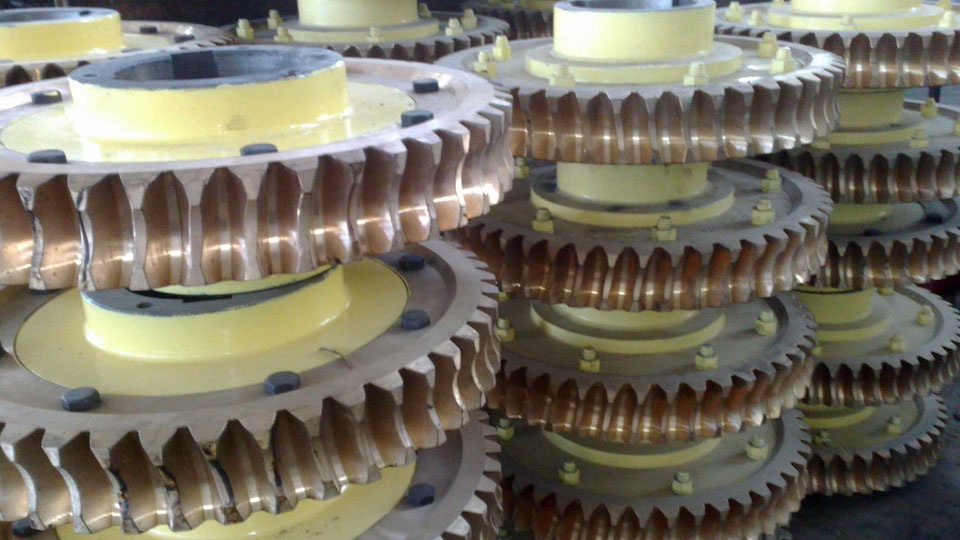 |
Brass CastingCopper alloy with zinc as the main alloying element is usually called brass. The copper-zinc binary alloy is called ordinary brass, and the ternary, quaternary or multi-element brass formed by adding a small amount of other elements to the copper-zinc alloy is called special brass.Casting brass is a casting alloy based on Cu-Zn binary alloy. Its crystallization temperature interval is small and its casting performance is better. Compared with tin bronze, cast brass has higher mechanical properties. In addition, because brass contains a large amount of zinc, the cost is lower. These are the reasons why cast brass is widely used. |
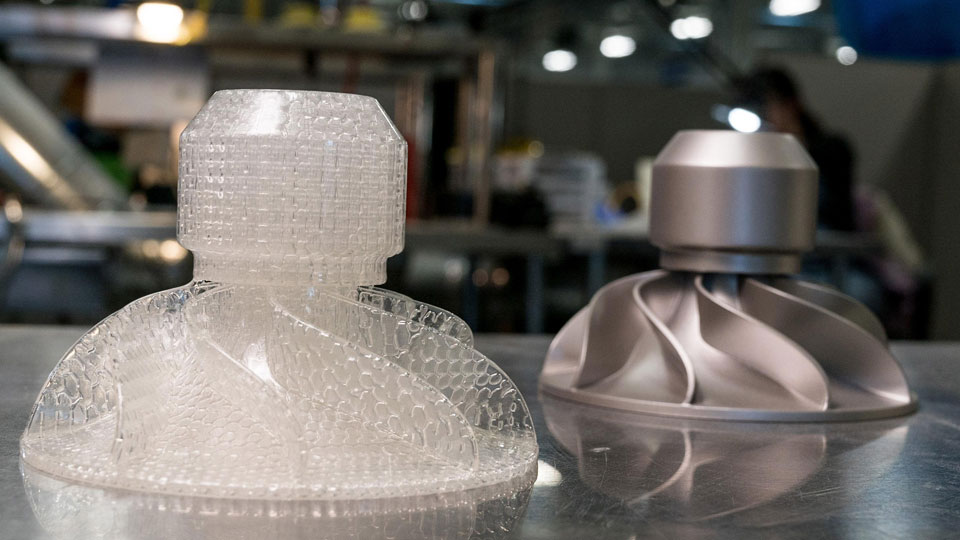 |
Titanium CastingThe molten titanium, after a certain degree of overheating, is poured into the die-casting chamber by pouring the crucible through the pouring cup. Under the pressure of the piston rod, liquid titanium enters the die-casting cavity from the die-casting cavity. The die casting is held in the die casting cavity and cooled before being taken out. Eliminate surface defects, such as cold separation, flow marks or as-cast, especially thin edges. Die casting should be preheated before die casting.The die casting is held in the die casting cavity and cooled before being taken out. |
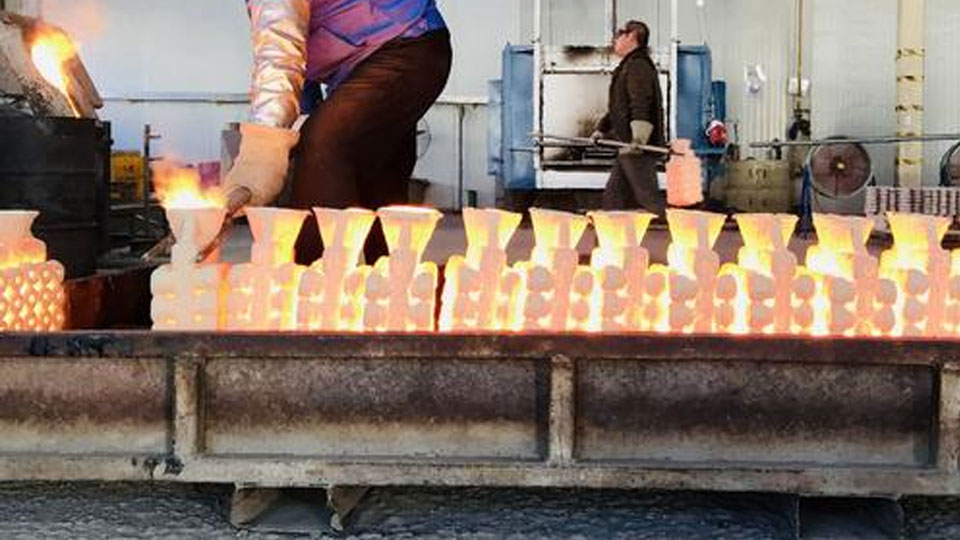 |
SUS CastingSilica sol process stainless steel casting belongs to investment casting or precision casting. It is a casting process with less or no cutting and is an excellent process technology in the foundry industry. It is not only suitable for casting of various types and alloys, but also produces castings with higher dimensional accuracy and surface quality than other casting methods. Even other casting methods are difficult to cast complex, high temperature resistant, and difficult to process castings. Can be cast by investment casting. |
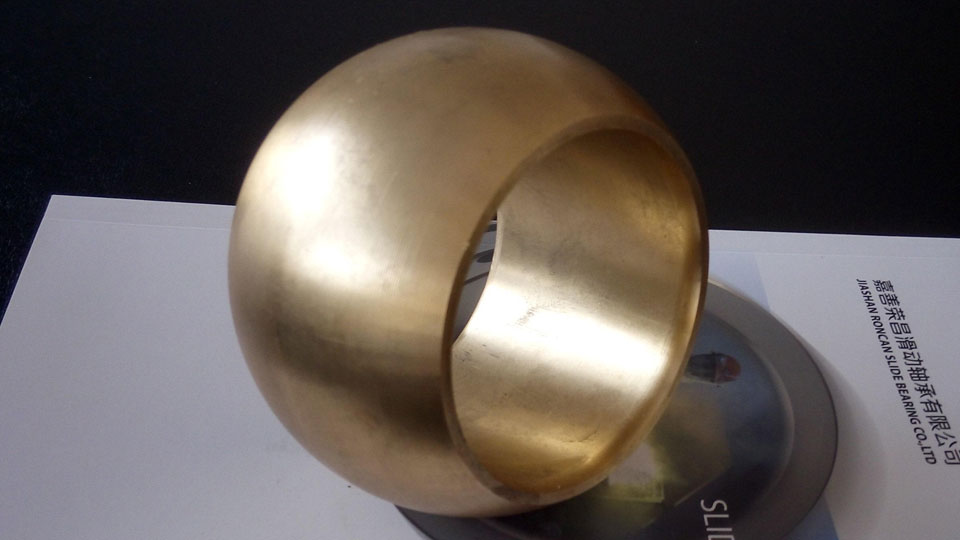 |
Bronze CastingBronze originally refers to copper-tin alloys, but it is customary in the industry to call copper alloys containing aluminum, silicon, lead, beryllium, manganese, etc. also bronze, so bronze actually includes tin bronze, aluminum bronze, aluminum bronze, beryllium bronze, Silicon bronze, lead bronze, etc. Casting tin bronze contains high tin content, while processing tin bronze contains low tin content. The tin content of tin bronze used for pressure processing is less than 6% to 7%, and the tin content of cast tin bronze is 10% to 14%. |

